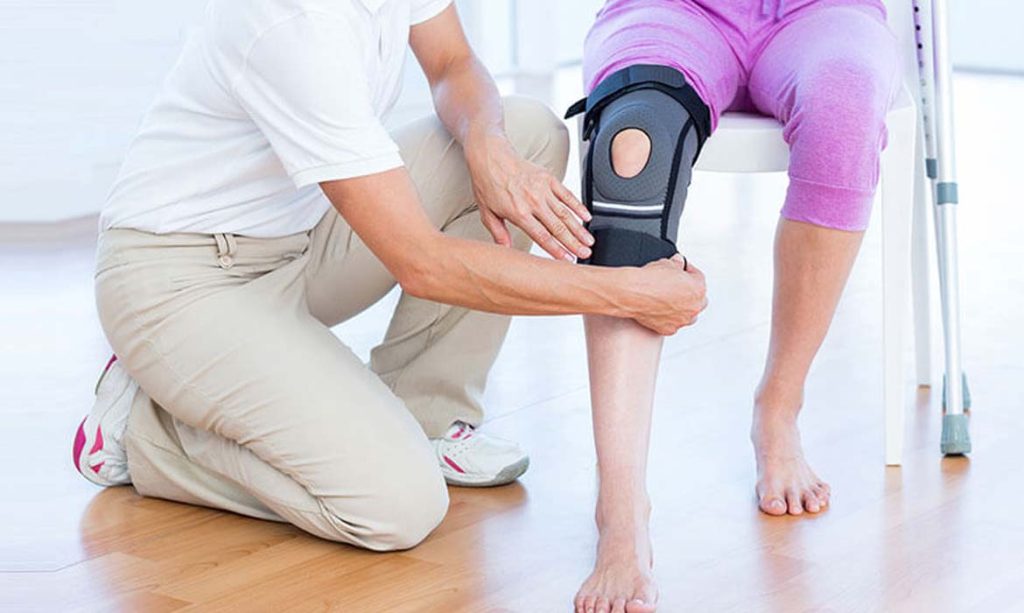
Post-Care of Orthopedic Surgery: A Comprehensive Guide
Orthopedic surgery, encompassing procedures that address issues related to the musculoskeletal system, requires meticulous post-operative care to ensure optimal recovery and the prevention of complications. This guide outlines the essential aspects of post-care for orthopedic surgery patients, covering the initial recovery phase, rehabilitation, pain management, and long-term considerations.
Introduction
Orthopedic surgery is performed to treat various conditions such as fractures, arthritis, sports injuries, and congenital anomalies. While the surgical techniques have advanced significantly, the success of the surgery heavily relies on effective post-operative care. Proper post-care involves a multidisciplinary approach, including surgeons, physical therapists, nurses, and patients themselves.
Initial Recovery Phase
The initial recovery phase, typically the first few weeks post-surgery, is crucial for setting the foundation for successful rehabilitation.
Hospital Stay
- Monitoring: Patients are closely monitored for vital signs, pain levels, and any signs of complications such as infections or blood clots.
- Pain Management: Effective pain management is critical. This may involve medications such as opioids, nonsteroidal anti-inflammatory drugs (NSAIDs), and sometimes, patient-controlled analgesia (PCA).
- Wound Care: Proper wound care is essential to prevent infections. This includes regular dressing changes and monitoring for signs of infection like redness, swelling, or discharge.
- Mobility: Early mobilization is encouraged to prevent complications like deep vein thrombosis (DVT) and to promote circulation. This may involve the use of walkers, crutches, or other assistive devices.
Discharge Planning
Before discharge, patients and caregivers receive instructions on:
- Medications: Proper usage of pain medications, antibiotics, and anticoagulants if prescribed.
- Wound Care: How to keep the surgical site clean and dry, and when to change dressings.
- Activity Restrictions: Guidelines on weight-bearing and movements to avoid stressing the surgical area.
- Signs of Complications: Recognizing symptoms that require immediate medical attention, such as excessive pain, fever, or unusual swelling.
Rehabilitation Phase
Rehabilitation focuses on restoring function, strength, and mobility. This phase varies in duration depending on the type of surgery and the patient’s overall health.
Physical Therapy
Physical therapy is a cornerstone of post-operative care in orthopedics. The goals of physical therapy include:
- Restoring Range of Motion (ROM): Gentle exercises to restore joint movement without causing damage.
- Strengthening Muscles: Gradual introduction of exercises to strengthen muscles around the affected area.
- Improving Flexibility: Stretching exercises to enhance flexibility and prevent stiffness.
- Functional Training: Activities that mimic daily tasks to help patients regain independence.
Occupational Therapy
Occupational therapy may be recommended, especially for surgeries involving the upper extremities. Occupational therapists help patients adapt to their home and work environments, teaching them how to perform daily activities safely and efficiently.
Home Exercise Programs
Patients are often given home exercise programs to continue their rehabilitation independently. Compliance with these exercises is crucial for recovery.
Pain Management
Pain management continues to be a priority throughout the recovery process.
Medications
- Analgesics: Including acetaminophen and NSAIDs for mild to moderate pain.
- Opioids: Used sparingly due to their potential for addiction and side effects.
- Adjuvant Medications: Such as anticonvulsants or antidepressants for neuropathic pain.
Non-Pharmacological Methods
- Ice and Heat Therapy: Ice packs reduce swelling and pain, while heat can alleviate stiffness and muscle spasms.
- Transcutaneous Electrical Nerve Stimulation (TENS): A non-invasive method that uses low-voltage electrical current to relieve pain.
- Mind-Body Techniques: Including meditation, relaxation exercises, and cognitive-behavioral therapy (CBT).
Nutrition and Hydration
Proper nutrition and hydration play a significant role in recovery.
- Protein: Essential for tissue repair and muscle building.
- Vitamins and Minerals: Vitamins C and D, calcium, and zinc are particularly important for bone healing.
- Hydration: Adequate fluid intake is crucial to prevent complications like kidney stones, especially if immobilized for extended periods.
Prevention of Complications
Several complications can arise post-surgery, and preventing these is a key aspect of post-operative care.
Infection Prevention
- Wound Care: Keeping the surgical site clean and dry, following proper dressing protocols.
- Hygiene: Regular hand washing and avoiding contact with potential sources of infection.
Deep Vein Thrombosis (DVT)
- Mobilization: Early and regular movement to promote circulation.
- Compression Stockings: Use of compression garments to enhance blood flow.
- Anticoagulants: Medications to prevent clot formation if prescribed.
Pressure Ulcers
- Repositioning: Regularly changing positions to avoid pressure sores, especially in immobile patients.
- Special Mattresses: Use of pressure-relieving mattresses or cushions.
Long-Term Considerations
The recovery process doesn’t end once the initial rehabilitation phase is over. Long-term care involves ongoing attention to maintain and improve the gains achieved during rehabilitation.
Follow-Up Appointments
Regular follow-up appointments with the orthopedic surgeon are crucial to monitor the progress, address any concerns, and adjust the treatment plan as necessary.
Continuous Physical Activity
Maintaining an active lifestyle is important to keep the muscles strong and joints flexible. This includes:
- Aerobic Exercise: Low-impact activities like walking, swimming, or cycling.
- Strength Training: Ongoing strength training to support the musculoskeletal system.
- Flexibility Exercises: Regular stretching to maintain range of motion.
Lifestyle Modifications
Adopting a healthy lifestyle can prevent future orthopedic issues and enhance overall well-being.
- Healthy Diet: A balanced diet rich in nutrients supports bone and muscle health.
- Weight Management: Maintaining a healthy weight reduces stress on joints.
- Avoiding Smoking: Smoking can impair blood flow and delay healing.
- Moderating Alcohol Consumption: Excessive alcohol can interfere with bone healing and medication efficacy.
Psychological Support
The psychological impact of orthopedic surgery and the subsequent recovery process should not be overlooked.
Counseling
Professional counseling or support groups can help patients cope with the emotional and mental challenges of recovery.
Family and Social Support
Encouragement and support from family and friends play a significant role in a patient’s recovery journey.
Setting Realistic Expectations
Understanding that recovery is a gradual process with potential ups and downs helps patients stay motivated and positive.
Conclusion
Post-care of orthopedic surgery is a multifaceted process that requires careful planning and execution. From immediate post-operative care to long-term rehabilitation and lifestyle adjustments, each phase is critical to achieving the best possible outcomes. By following a comprehensive care plan and utilizing a multidisciplinary approach, patients can successfully navigate their recovery journey, regaining mobility, strength, and an improved quality of life.
The collaboration between healthcare professionals and patients, adherence to prescribed rehabilitation protocols, and addressing both physical and psychological needs are key elements that contribute to a successful recovery. As advancements in orthopedic surgery continue, the importance of diligent and informed post-operative care remains paramount in ensuring the long-term success and well-being of patients.


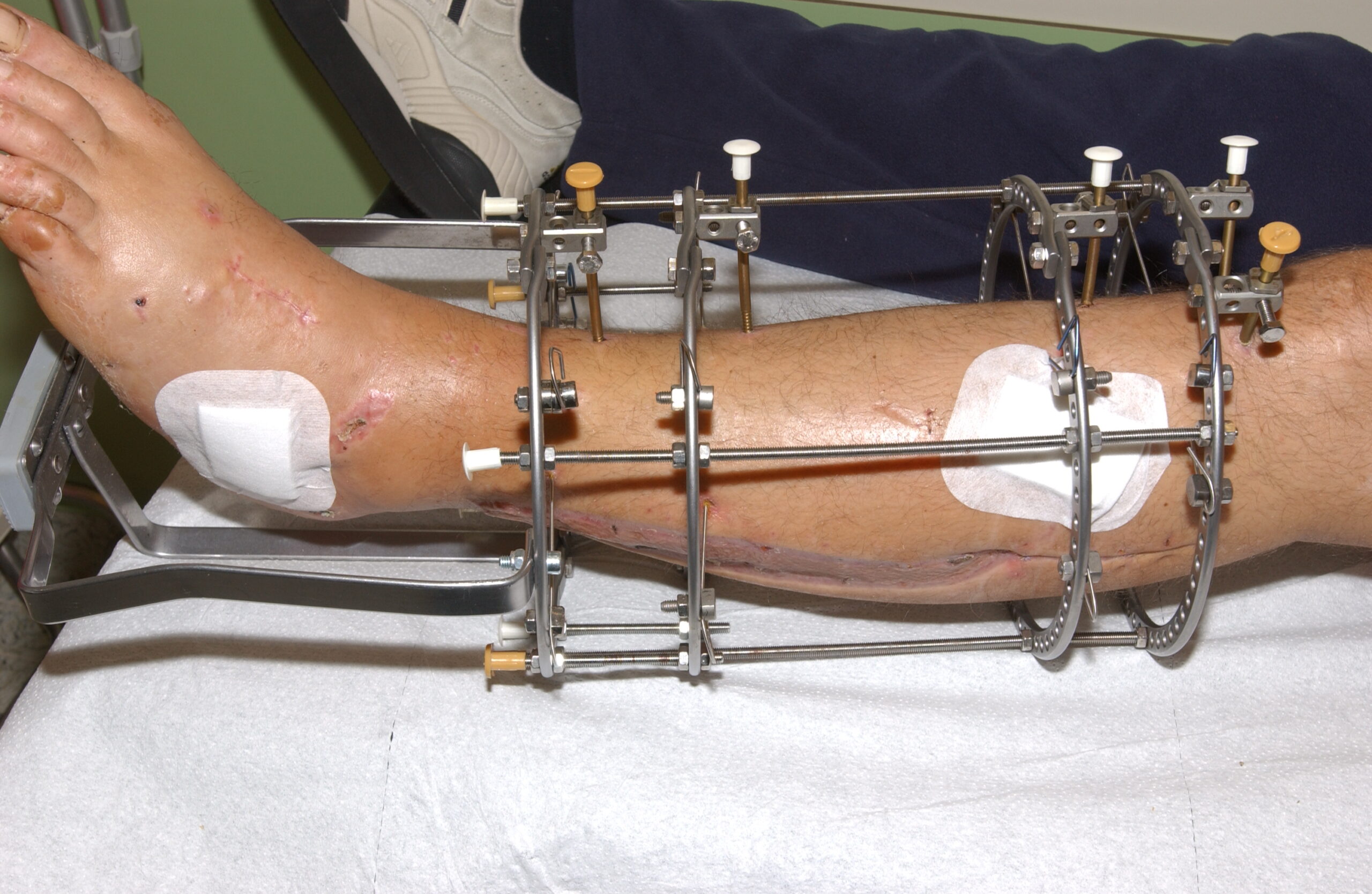
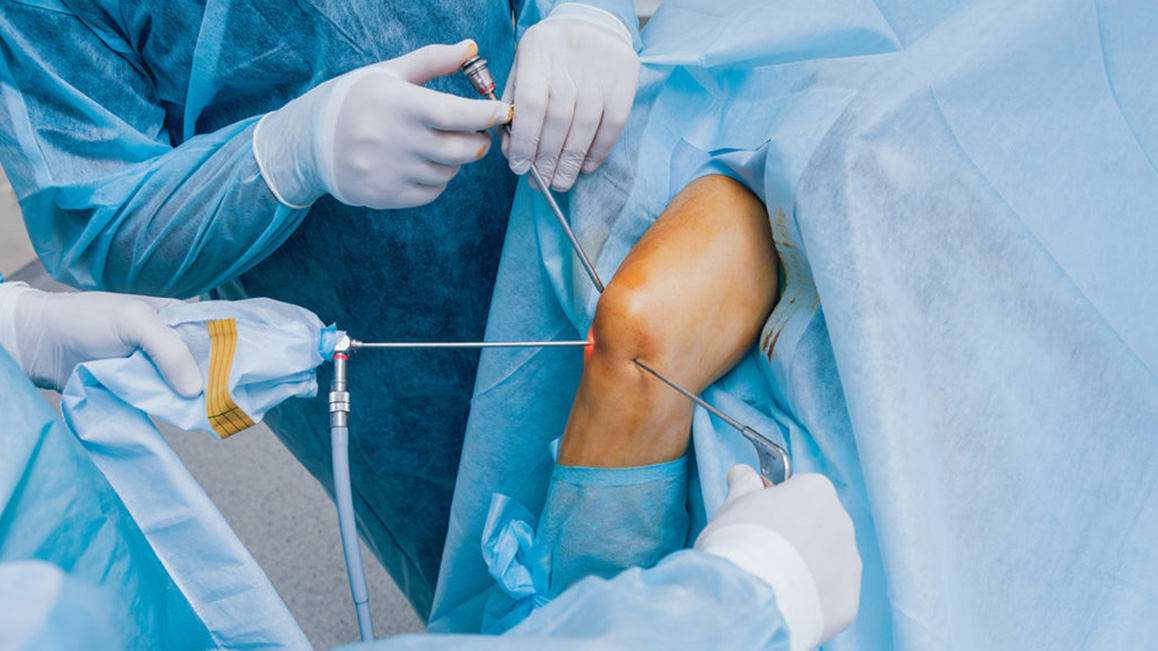
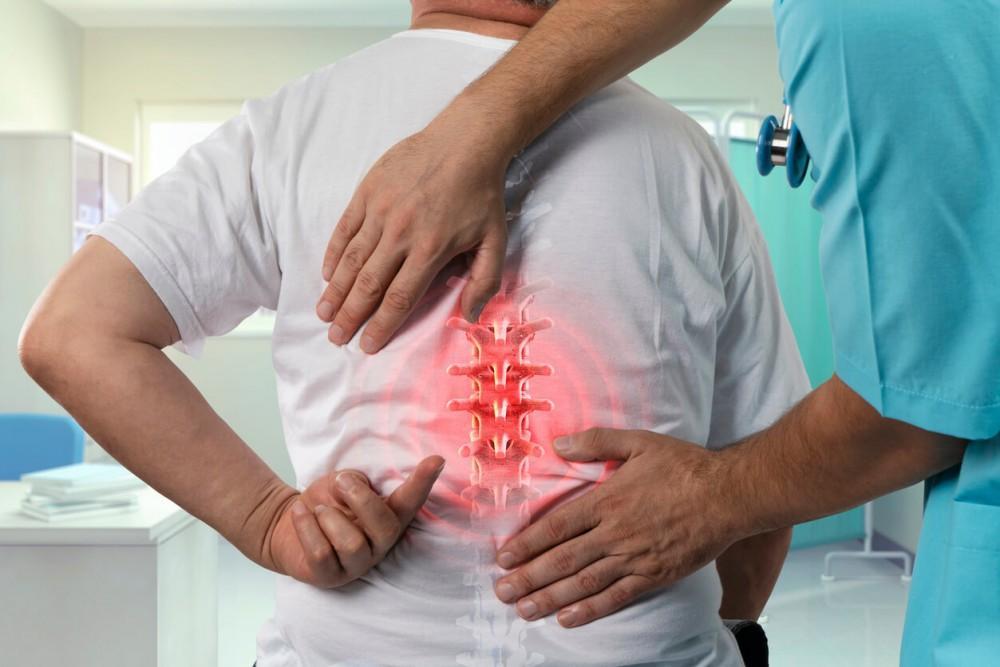
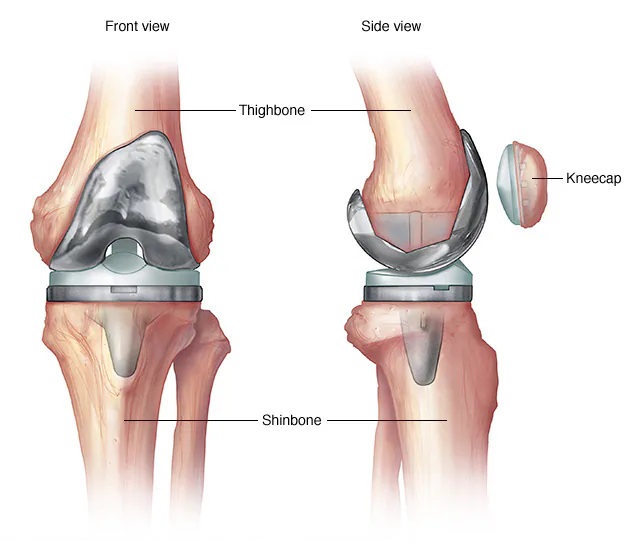
Leave a Reply